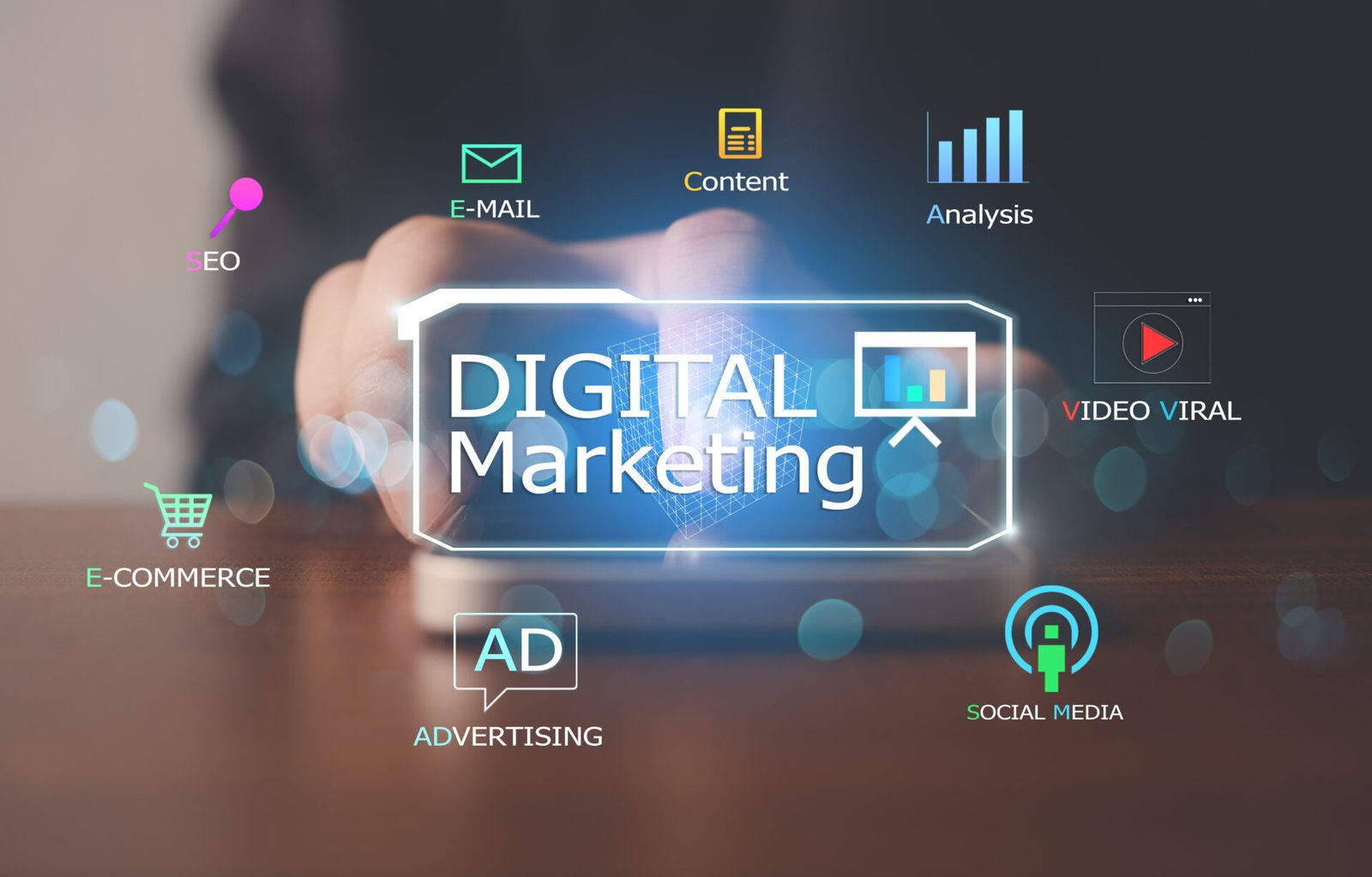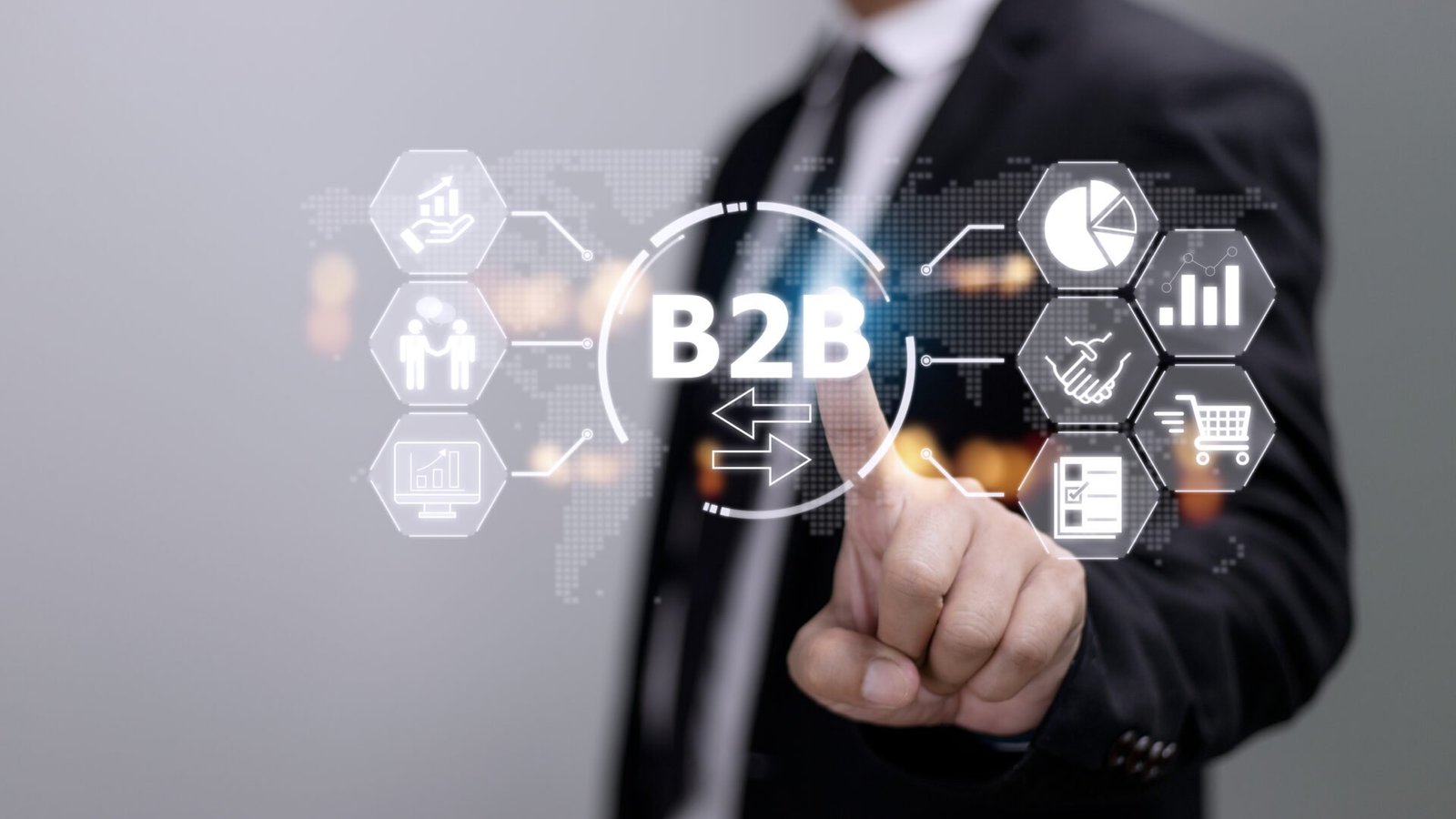

‘Welcome’ emails have an unusually high open rate of 50% on average, making them 86% more effective than newsletters.
These emails are in charge of setting the tone and creating expectations for your new subscribers and customers. This is where you inform potential customers about the products or services you offer, as well as how frequently you will send emails.
However, just like in person, it takes deliberate effort to make a good first impression. If you think about your email marketing campaign for a moment, it’s possible that a significant portion of your success is dependent on your subscribers liking what they see in those initial emails.
Panoma Technologies walks you through the steps below to help you better understand what goes into an effective ‘welcome’ email sequence and includes some helpful examples along the way.
Almost every company with a digital presence has a top-of-funnel strategy that includes a value exchange:
The subscriber exchanges their email address for something of value. And your ‘welcome’ emails should be built around this concept.
To ensure that you’re sending out valuable ‘welcome’ emails, do the following:
Create a strategy.
‘Welcome’ emails are critical components of any email marketing program. Welcome emails also have extremely high inbox placement rates, which should be taken advantage of by every company.
If you don’t currently have any ‘welcome’ emails in place, don’t worry; implementing a new welcome strategy isn’t difficult. To begin, look at what the companies around you are doing and adapt their successful practices to your needs.
We recommend looking at ‘welcome’ emails from competitors or brands that target a similar audience to yours at MailCharts. Once you’ve established solid benchmarks from your initial sequence and understand the metrics (e.g., opens, clicks, conversions), you can build on those results and optimize your strategy to better meet your specific needs.
Keep your end of the bargain.
Remember that the first email must include the promised ebook, trial period, service offerings, coupons, discounts, or other incentives.
Establish a timetable and frequency.
Companies that sent more than one ‘welcome’ email saw a 13% increase in revenue, according to one email marketing company. Isn’t that impressive?
Furthermore, MailCharts email data shows that many companies still send ‘welcome’ emails two weeks after sign-up, with some brands sending ‘welcome’ mailers up to two months later.
Here’s a rough timeline we created to show how email frequency begins to decrease over the two-month welcome period:
Email 1: Immediately after receiving an email address from a subscriber
Email 2: three days after receiving the email address
Email 3: eight days after receiving an email address
Email 4: 15 days after receiving an email address
Email 5: Within 30 days of receiving the email address
Email 6: 45 days after receiving an email address
Email 7: 60 days following receipt of email address
Pro Tip: If your ‘welcome’ series is promotional, use segmentation criteria to stop sending emails if a subscriber becomes a customer within the first 60 days.
We’ll go over some more specific email inspiration in the section below, but when it comes to planning the content for your emails, keep the following two things in mind:
Personalization
It is critical to greet subscribers and create a personalized subject line. Welcome email read rates are highly predictive of how engaged subscribers will be with subsequent messaging.
Your subscribers are more likely to open, interact, and engage in a long-term relationship with your company in exchange for a few lines of code to personalize your email. Spend the extra time necessary to personalize your emails. It would be even better if you could go beyond simply adding their name.
Expectations
Aside from personalized emails, we recommend establishing clear expectations from the start. Inform your subscribers if you intend to send out weekly emails. The same is true for daily, monthly, and other intervals.
Also, make it very simple to unsubscribe from your emails. The last thing you want is for someone to mark you as spam because they can’t unsubscribe from your communications.
Begin Right Now
Don’t waste another minute if you don’t have a ‘welcome’ campaign. Begin by subscribing to your competitors’ email lists to keep an eye on their strategy, taking note of what they’re doing and what you like (and don’t like). You can then borrow the good things and improve on the bad ones.
Remember, you don’t have to be perfect at first. What matters most is that you welcome subscribers and establish a strong and lasting relationship.
For more information, visit us at Panomatechs.com



